Into the Wild Blue Yonder
Two different aircraft are integral to the new Office of Supernatural Directives Adventure, Wolves in the Mountains. The first is a C-47 transport.
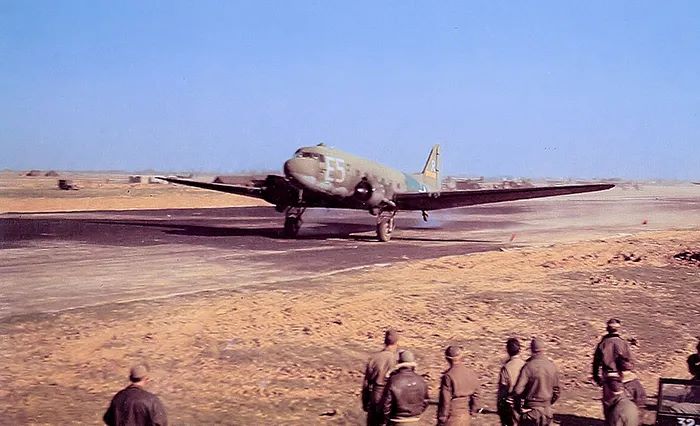
Captain Tracy “Mitch” Mitchell needs to scrounge up an aircraft for the OSD. With the help of out-of-work shipwrights on the island of Malta, she pieces together a C-47 from several wrecks at the airfield boneyard. She names it the Maltese Flamingo. She could not have made a better choice in aircraft.
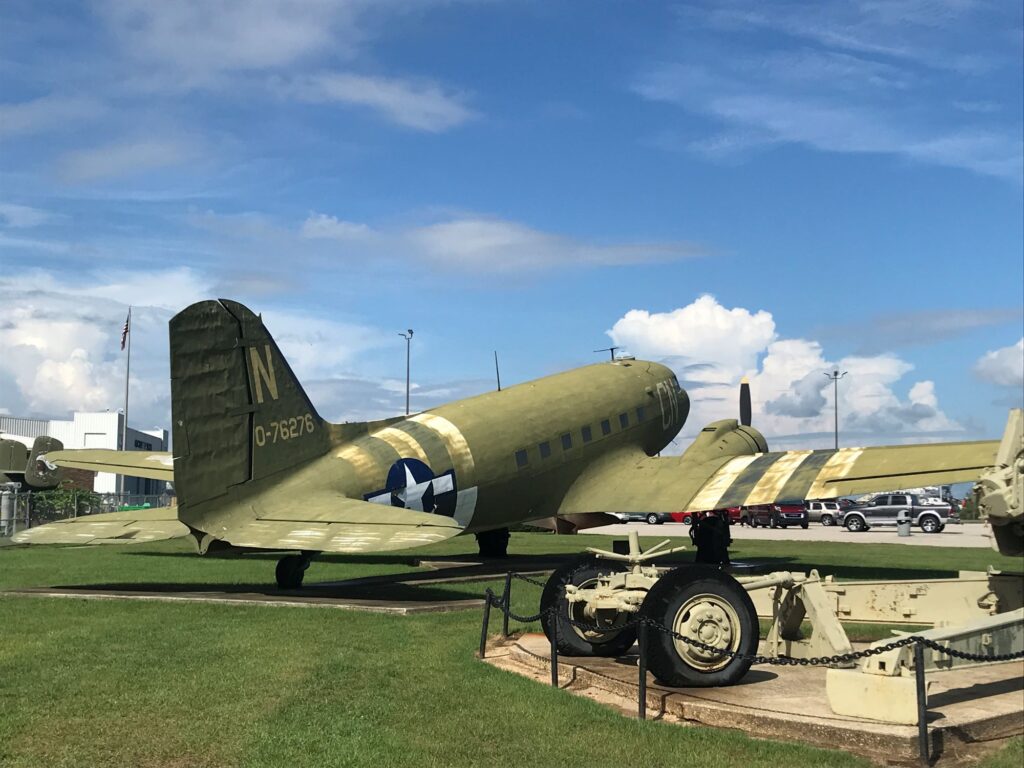
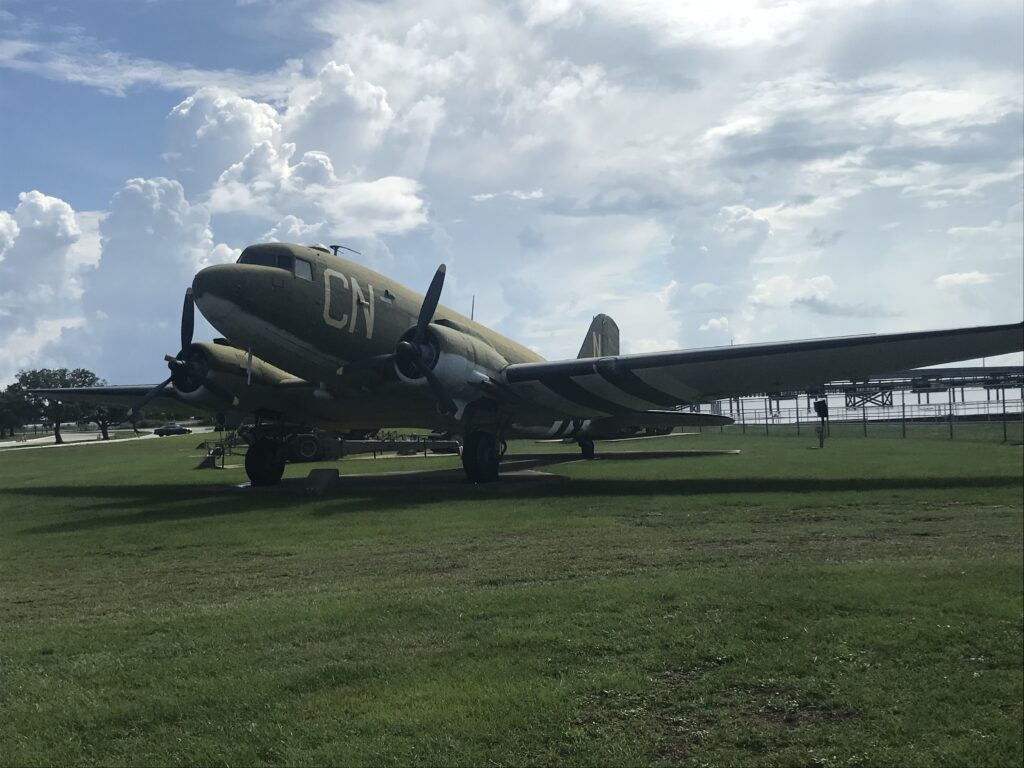
As entry into World War II began to seem inevitable, The U.S. military needed a modern transport aircraft. Instead of starting from scratch, the decision was made to modify an already proven civilian aircraft, the Douglas DC-3. The plane had been flying since 1935 and was a robust design. To ready it for military use, the floor was strengthened, a cargo door and hoist added, and the tail cone modified to tow gliders. And so the Douglas C-47 Skytrain was born.
The aircraft proved to be effective and popular. When equipped with supplemental fuel tanks the plane could fly for 1,500 miles. As the OSD team finds out, the plane’s slow cruising speed of only 150 miles per hour made it no match for German fighters, but it was capable of carrying up to 18 combat-loaded paratroopers or a two-and-one-half to three-ton cargo payload. It could also take off and land in as little as 3,000 feet of unimproved runway.
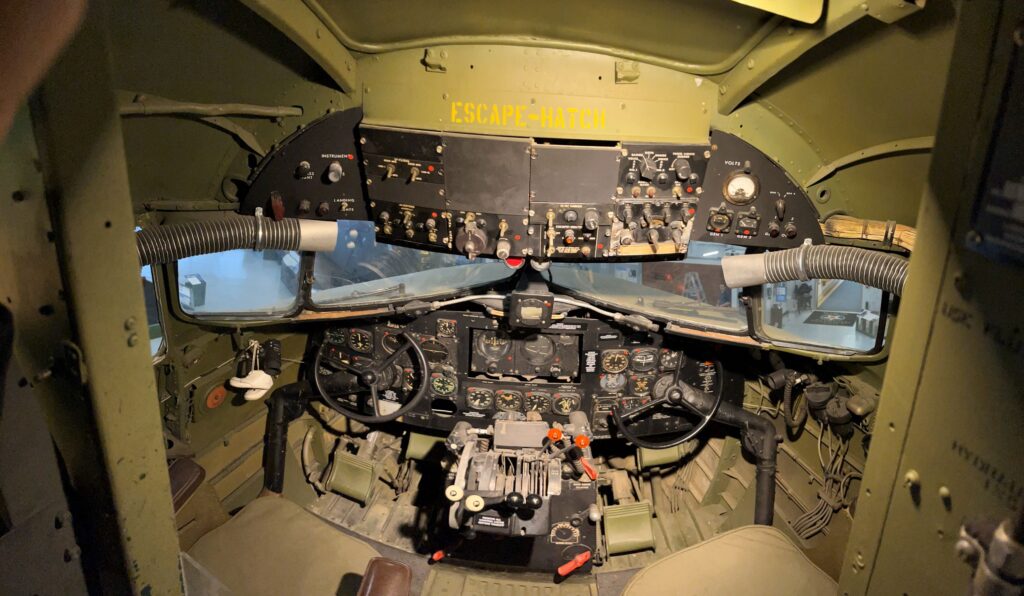
The C-47 required two pilots. Since Captain Mitchell is an instructor pilot, she’s able to train the OSD’s newest recruit, PFC Henry Lee “Tex” Richards on the basics to co-pilot.
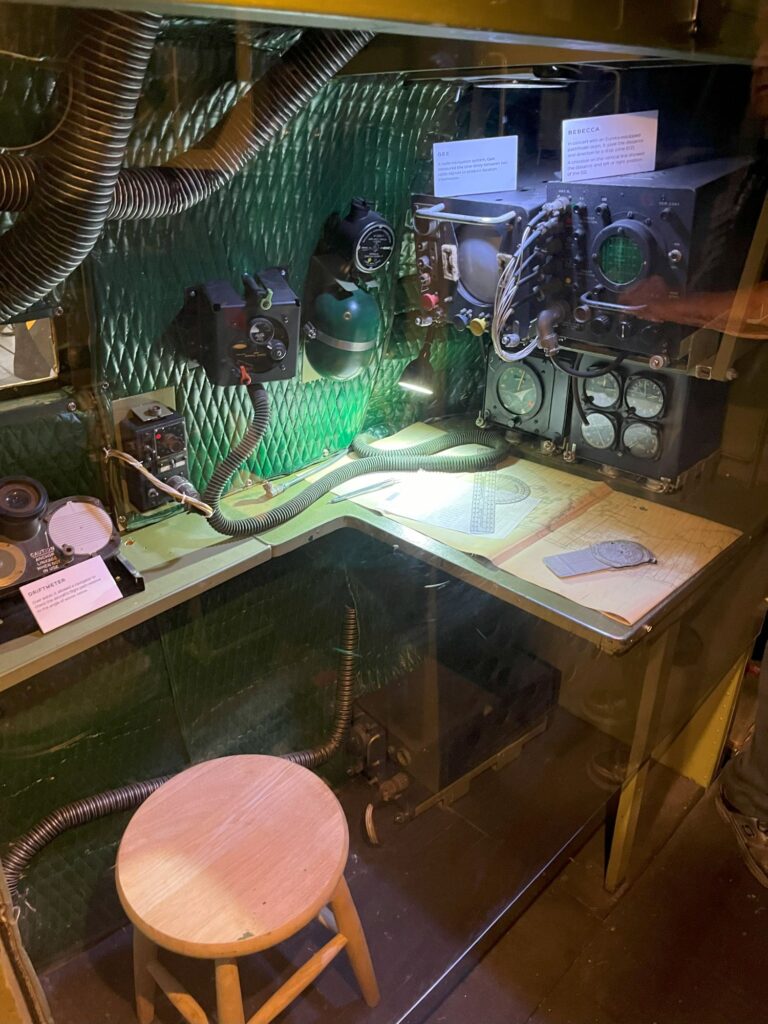
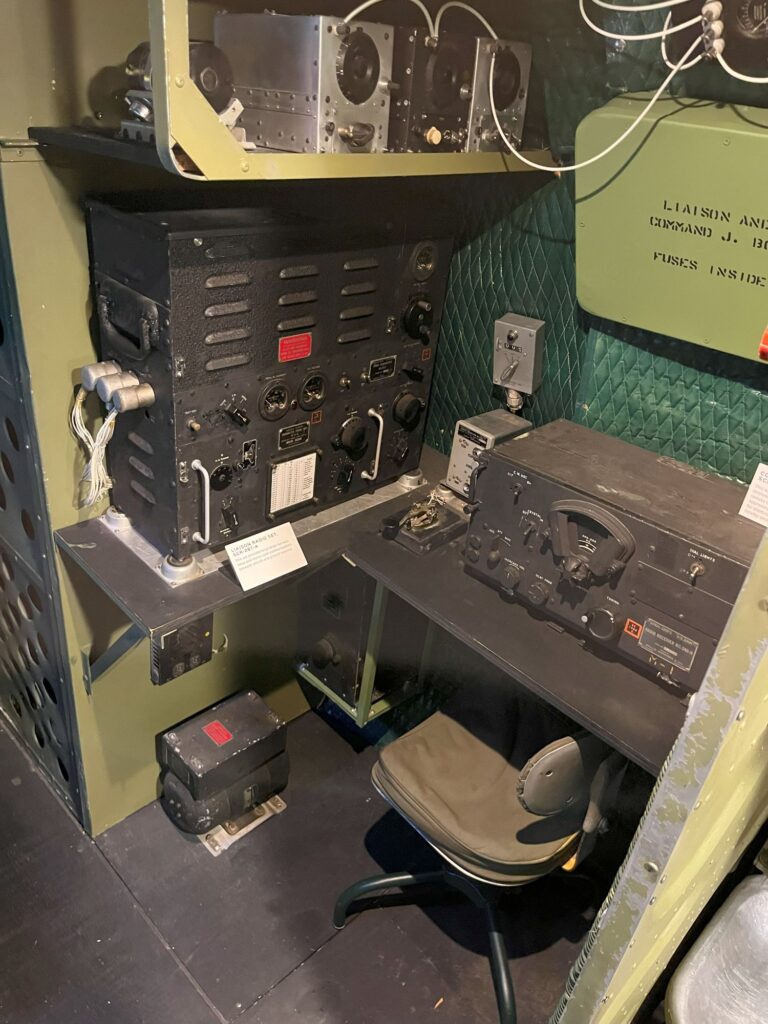
C-47s also included positions behind the pilot’s station for a navigator and a radio operator as seen in these pictures. The clandestine OSD has to do without both and Mitch navigates on visual cues alone and with a lot of radio silence.
Although only several hundred C-47s had been delivered to the U.S. military by August 1942, by 1943 American industry was producing more than 100 a month. By war’s end, more than 10,000 aircraft were produced in Long Beach and Santa Monica, California, as well as Oklahoma City, Oklahoma. Between March 1943 and August 1945, the Oklahoma City plant alone produced 5,354 C-47s. There were multiple versions and upgrades over time. After the war, they became the transport mainstays of many nations’ air forces for decades. The United States didn’t take them completely out of inventory until after the Vietnam War in the 1970s. There are survivors in multiple museums across the country.
My fascination with this plane began when I was flying UH-60s with the 101st Airborne in the late 1980s. We were deployed for training to the Venice, Florida airport and a C-47/DC-3 sat parked at the end of the apron, wide open, and unattended. Another lieutenant and I wandered over, climbed in, and checked it out. There we were in military flight suits, inspecting this time capsule flown by military pilots in World War II. How cool, right?
When we exited, we were approached by someone working at the airport and advised to stay clear of the plane. The DEA had it under surveillance, waiting for the crew to return so they could be arrested for smuggling drugs. We returned to our tents in a hurry.
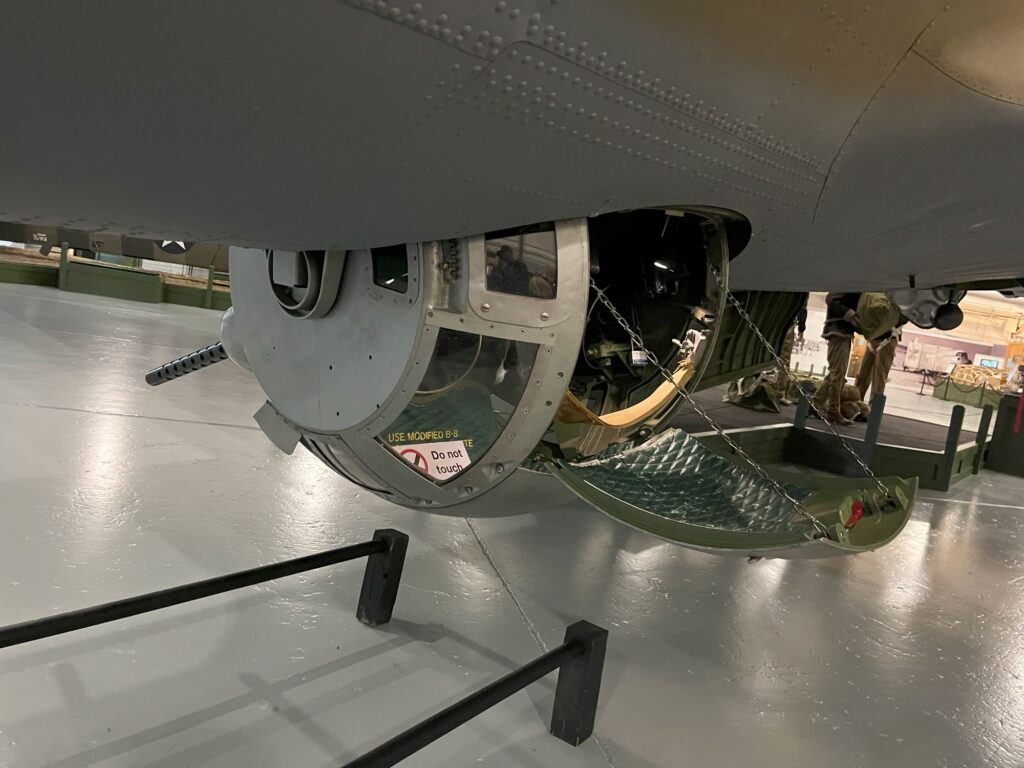
In Wolves in the Mountains, Mitch and her gang of shipwrights mount a salvaged ball turret into the Maltese Flamingo. Created by the Sperry Corporation, these gun positions were added to B-17 and B-24 bombers to defend against fighter attacks from below. The turret mounted two .50 machine guns and 500 rounds of ammunition that could be fired at 850 rounds per minute. The gunner could move the turret vertically and horizontally and a crude computer helped get rounds on the target once the gunner had the enemy in his sights. Plexiglas gave the gunner a wonderful, though likely unnerving view of everything around him.
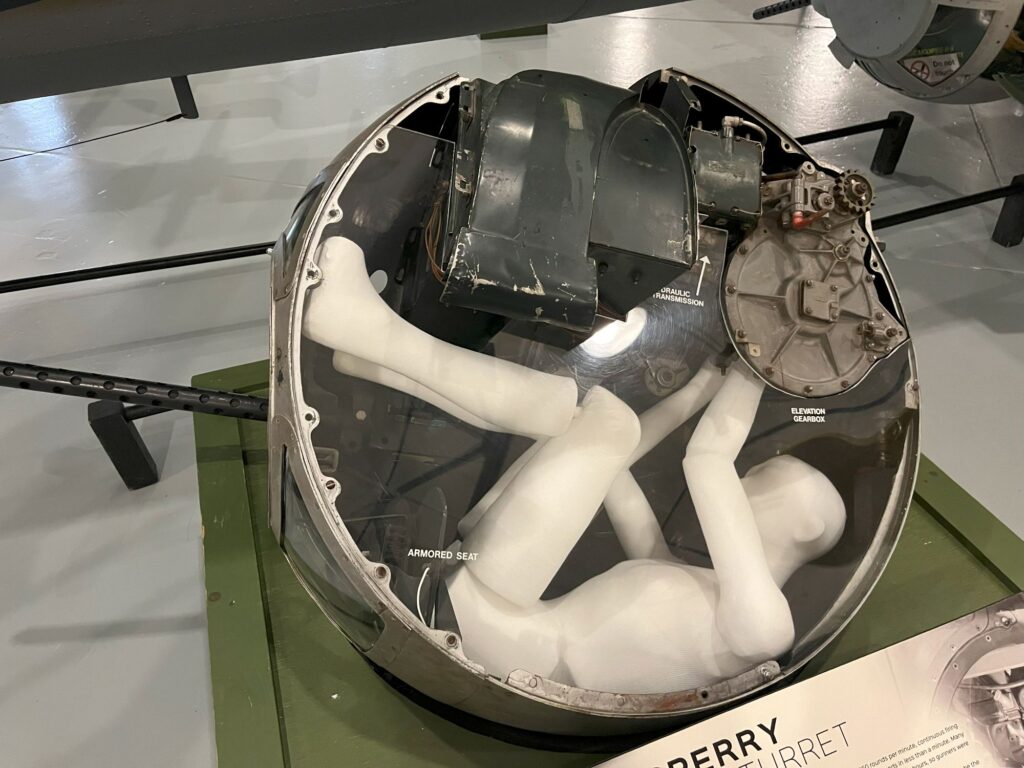
It’s hard to convey how cramped the interior of the ball turret was. The picture here of the display at the Military Airlift Command Museum in Dover, Delaware gives you a good idea. In a B-17, the gunner crawled in from an inside hatch after takeoff, and then stayed there for the entire mission which would stretch on for hours. Temperatures dropped to -50F at altitude and an electric heated flight suit was all that kept the man from freezing to death.
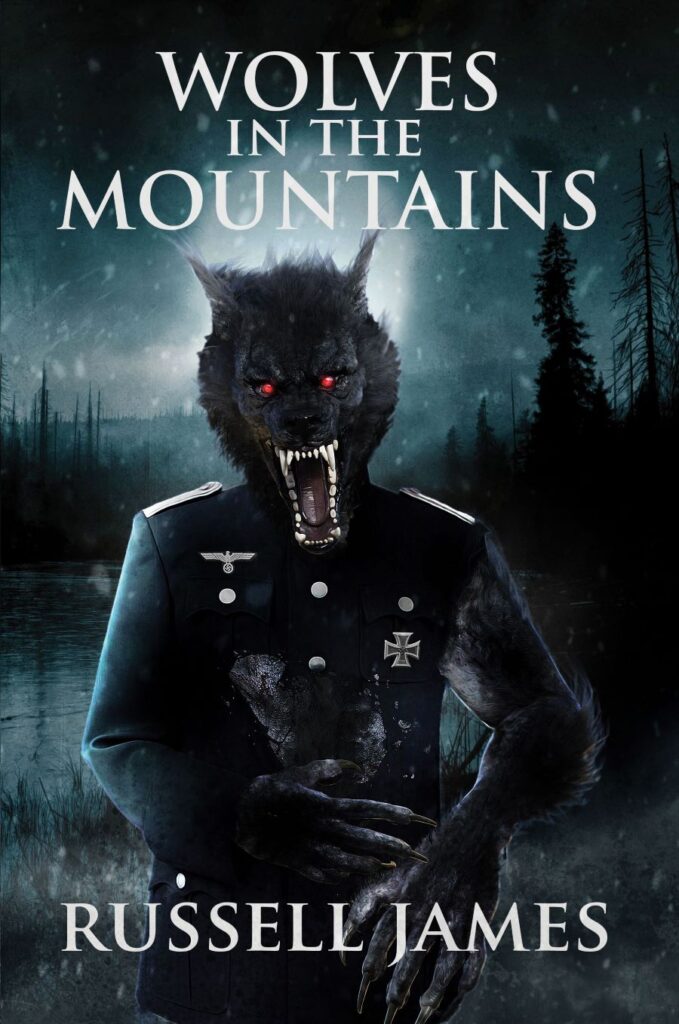
You can read all about the Maltese Flamingo and her exploits supporting the OSD in Wolves in the Mountains through this link to Amazon, or wherever you prefer to buy your books.

